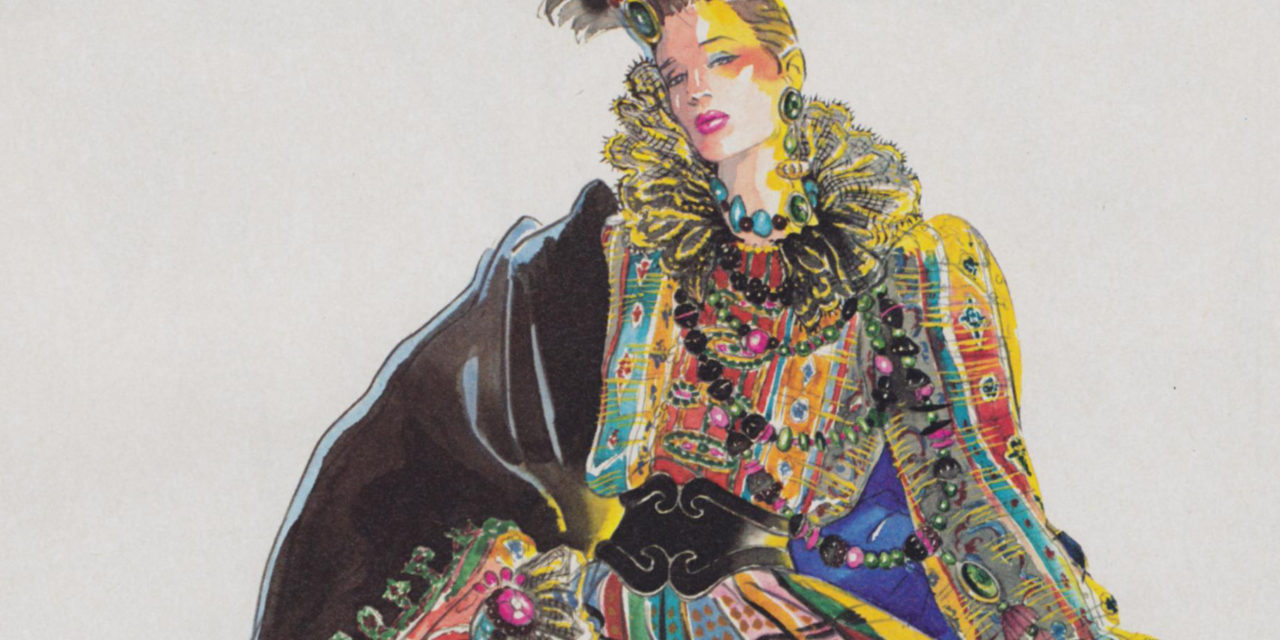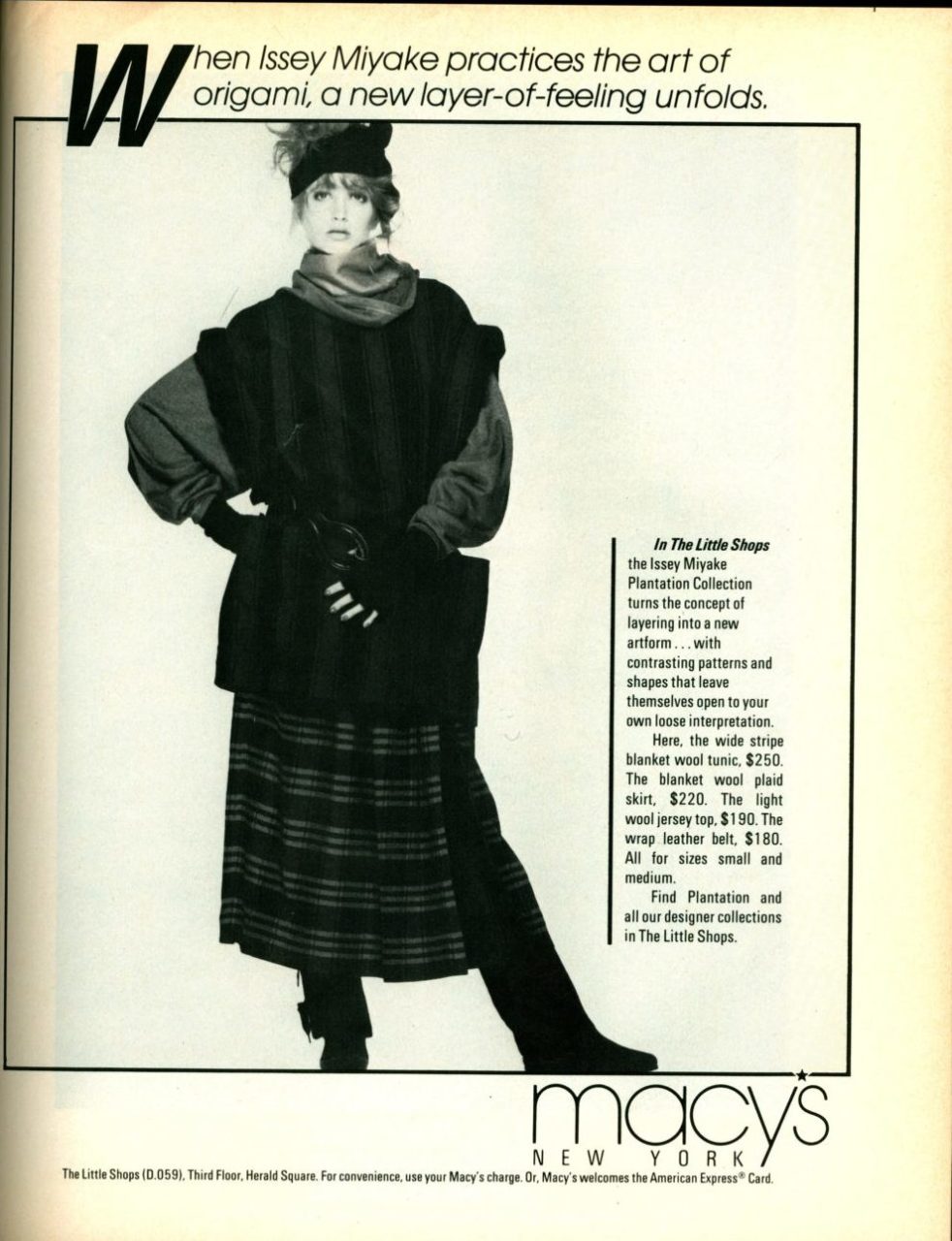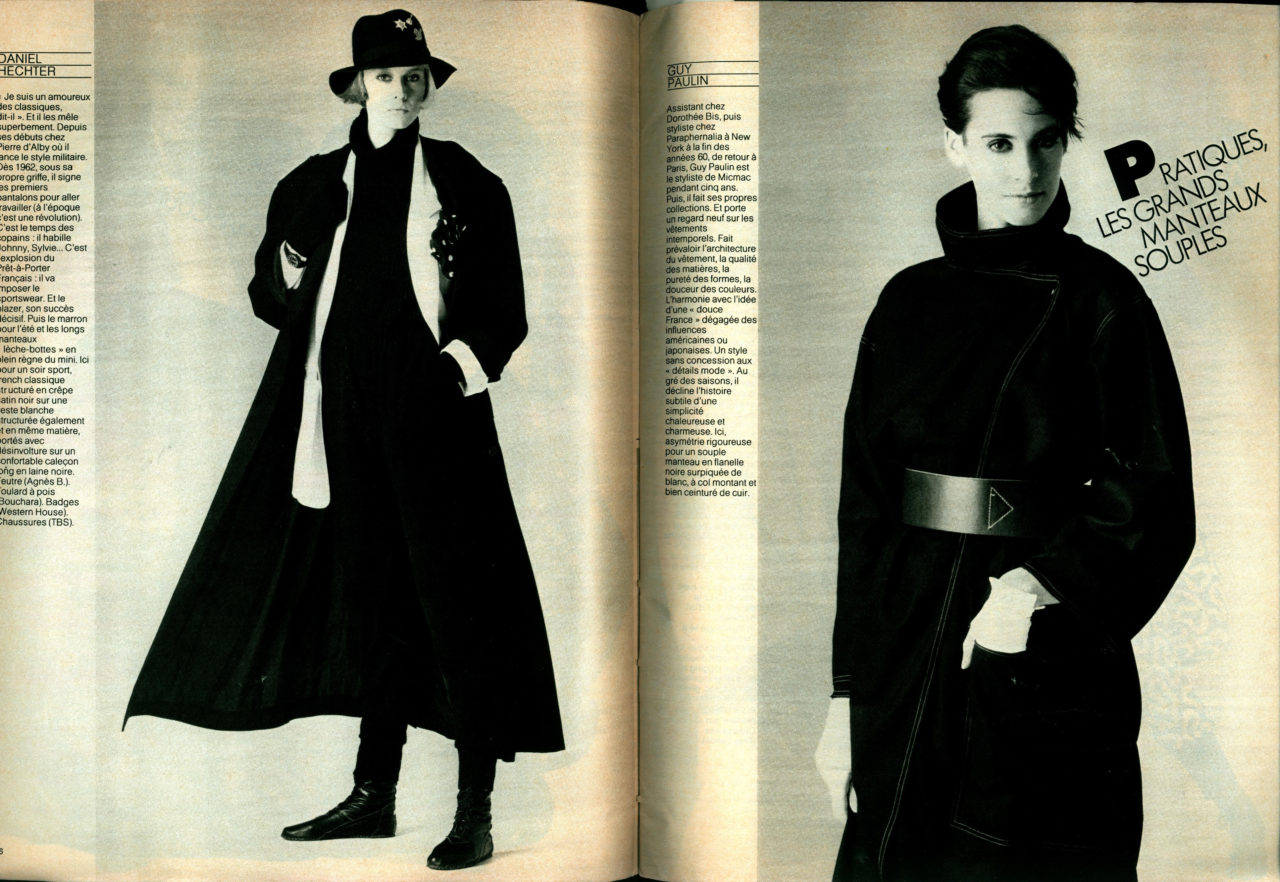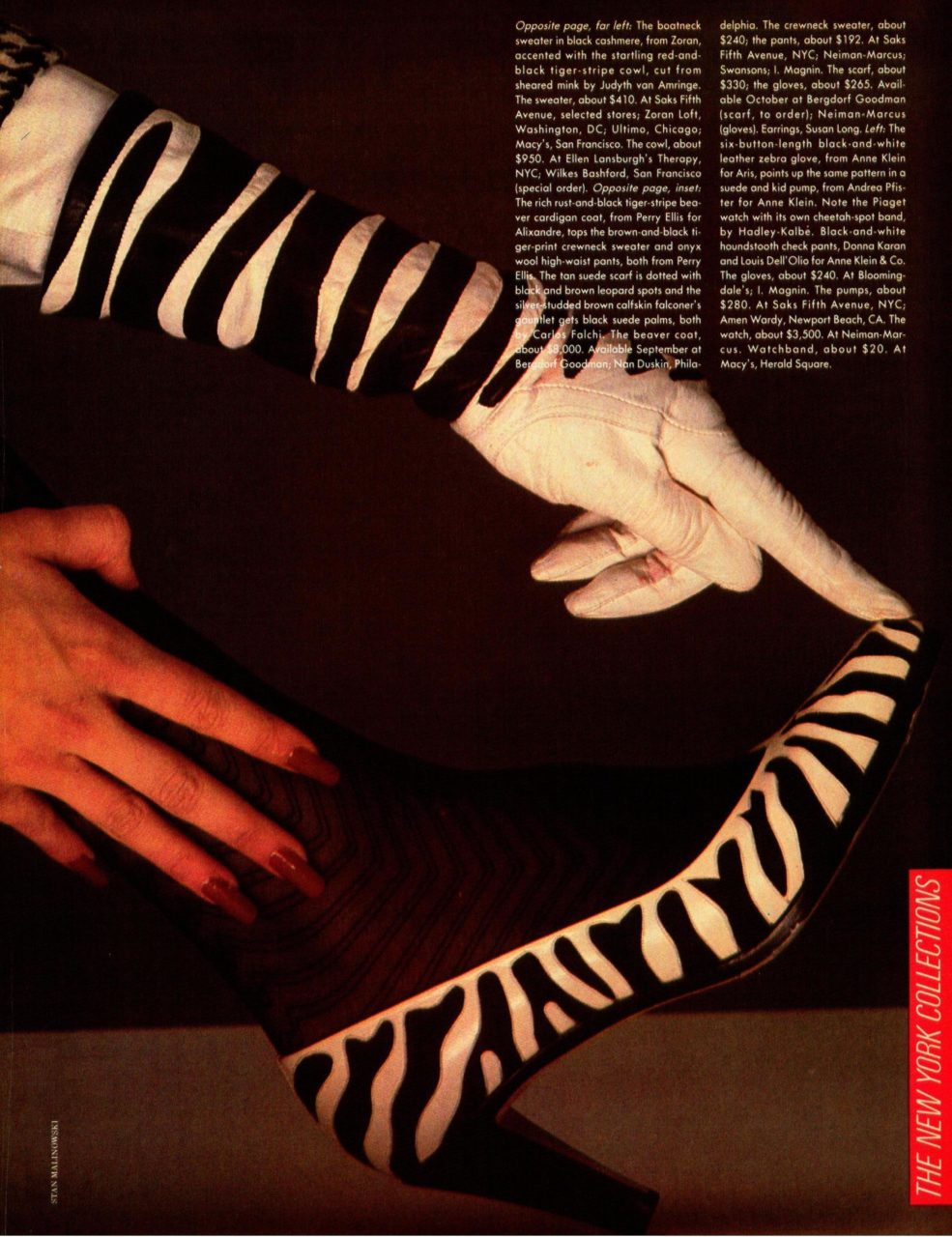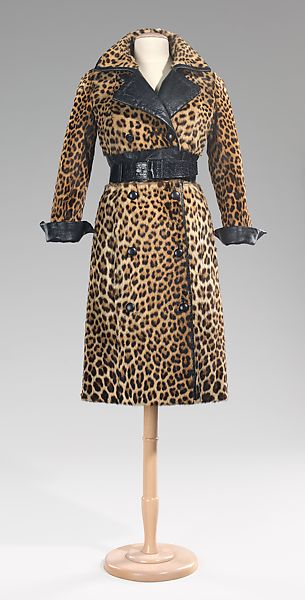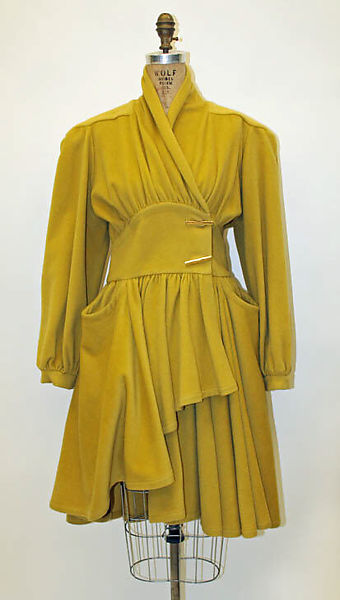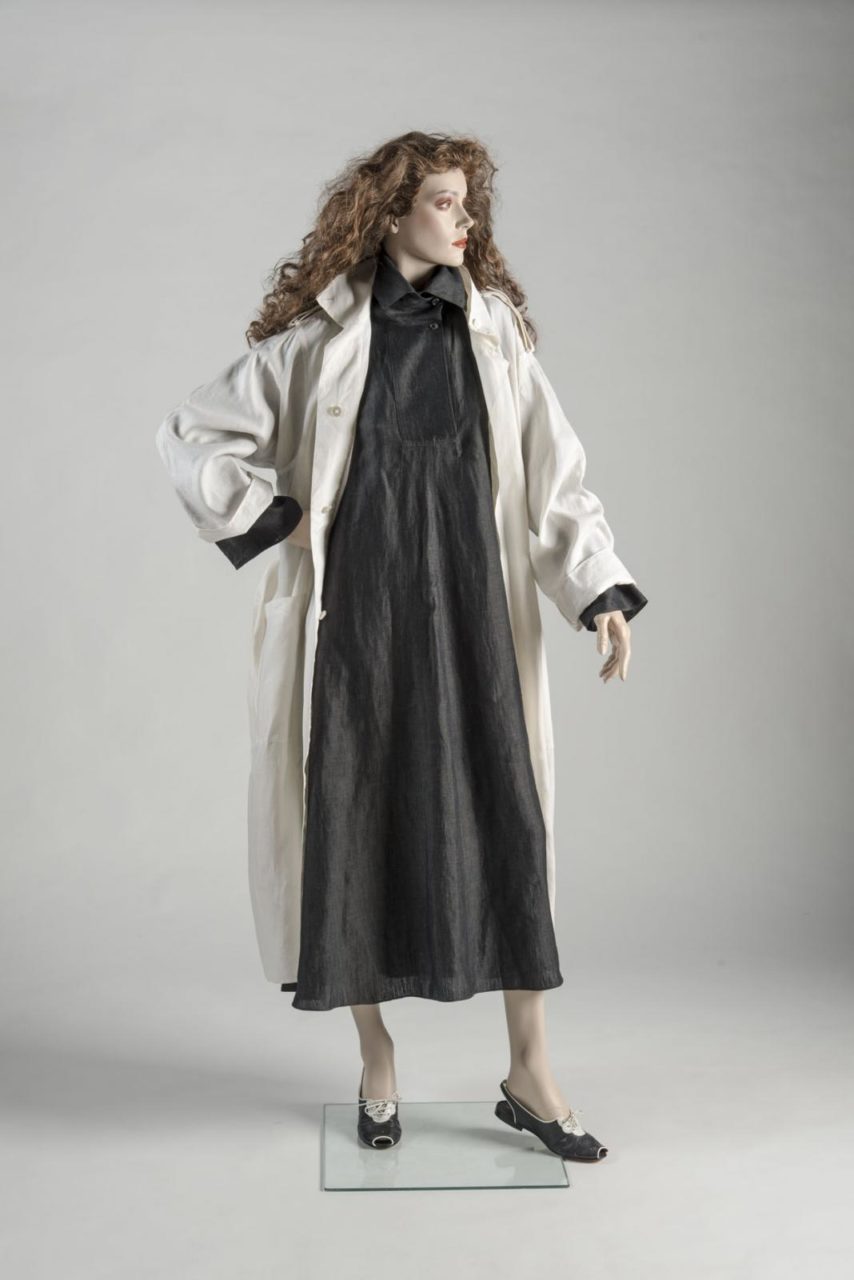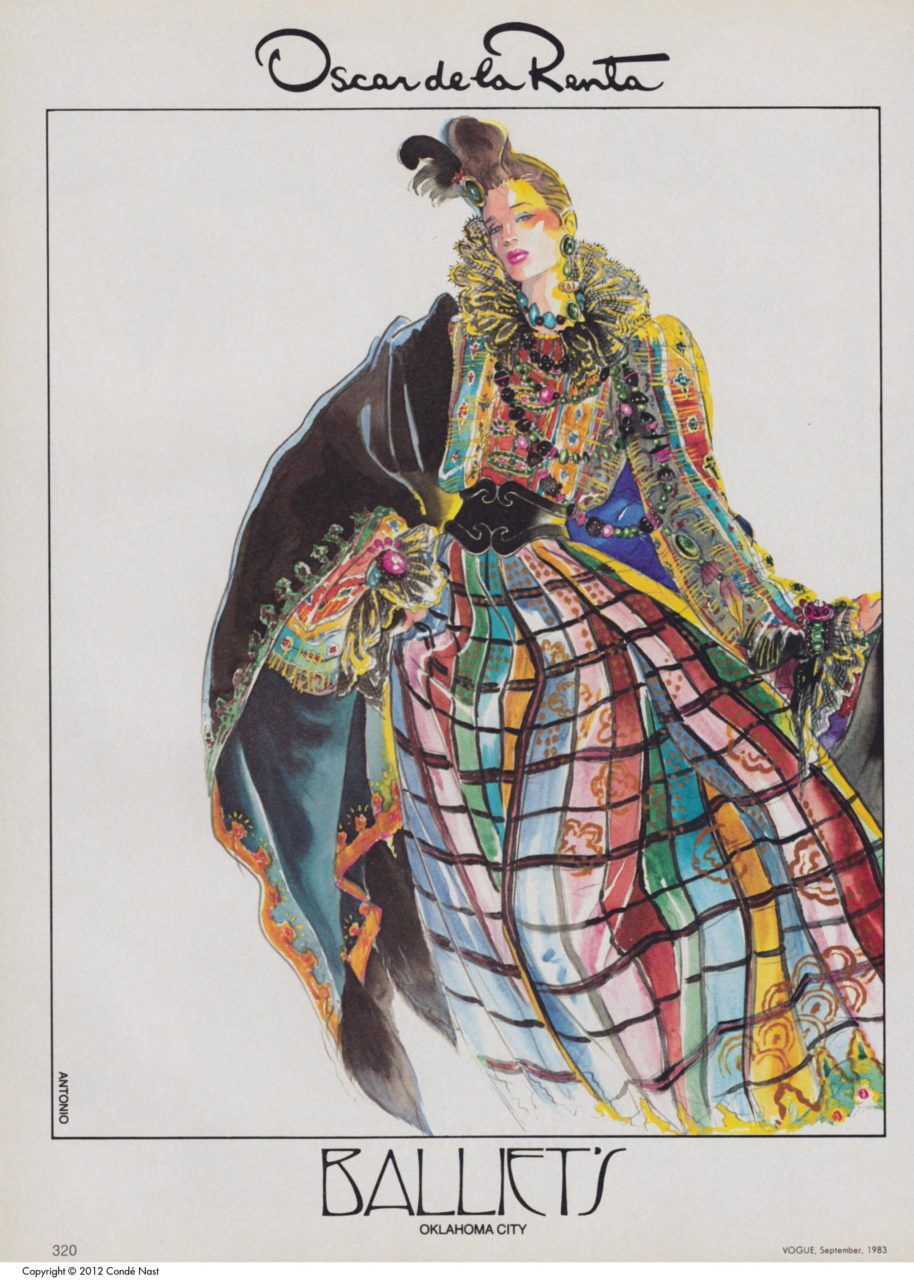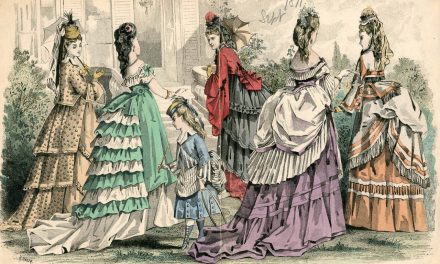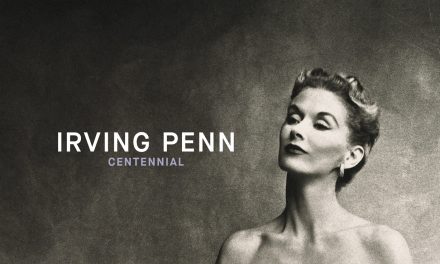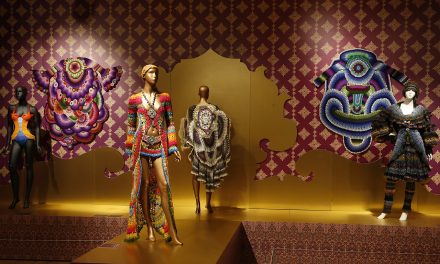OVERVIEW
1983 featured a flashback to the 1940s with menswear influences like strong shoulder pads and oversized coats. The overall look of the year is accentuated by the power belt that minimizes the waist and emphasizes the hips. In summary, volume fashion was a hit.
Womenswear
Daniel James Cole and Nancy Deihl describe the overall 80s aesthetic in The History of Modern Fashion (2015):
“Fashion in the 1980s was especially indicative of social status. The fashionable person used his or her appearance to signal economic achievement, cultural affiliations, lifestyle preferences, even taste in music. A number of important looks coexisted and overlapped during this period, including: preppy; ‘power dressing’; avant-garde Japanese; and numerous subcultural styles.” (352)
Princess Diana highly influenced 80s fashion as she was followed by millions of fans across the globe. She had a huge influence not only due to how she dressed but also how she emphasized the power of dressing. The feminine ideal of the the time celebrated the new independent and strong-minded working woman.
On the other hand, street fashion was influenced by music, youth culture, sexual liberation and politics, as 80s Fashion: Club to Catwalk (2013) describes:
“If the clothes look like something Diana, Princess of Wales might wear, chances are the designer has his or her feet planted firmly on the side of the establishment. If, on the other hand, the clothes come off looking a bit wacky or witty or outrageous then you can bet that the designer is of the other school, one of the inimitable British ‘street’ designers who created attention-getting fashion.” (18)
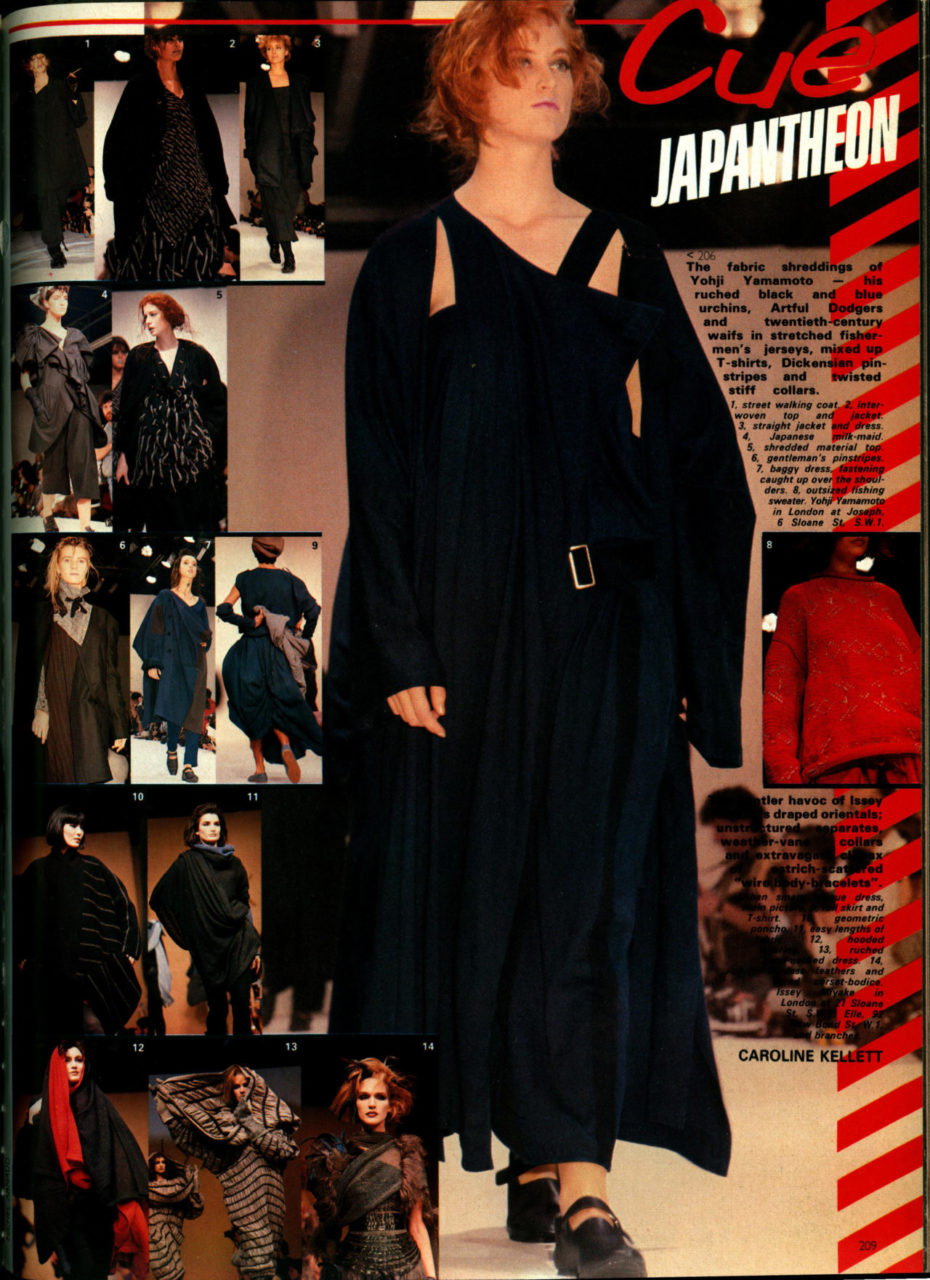
Fig. 1 - "Japantheon". Vogue (British), p. 206, September 1983. Source: British Vogue

Fig. 2 - "Japantheon". Vogue (British), p. 209, September 1983. Source: British Vogue
Fig. 3 - "When Issey Miyake pratices the art of origami...". Harper's Bazaar, August 1983. p.1. Source: ProQuest
Fig. 4 - Rei Kawakubo (Japanese, Born October 1942). Tunic, 1983. Padded cotton jersey. London: Victoria and Albert museum, T.168B-1985. Given by the designer. Source: VAM
In the Eighties: Portraits from Another Time (2017) describes the feeling of the time:
“You can read the 1980s as a decade of escape. There was a huge desire to escape the old world and enter into a new cultural space. The old given identities were stuck and stagnant, people longed for a world in which they could choose their own identity.” (6)
Seeking new inspirations helps to explain the surge of Japanese designers represented in publications such as French Elle, Harper’s Bazaar and British Vogue (Figs. 1-2). The 80s was a time when Japanese fashion designers were becoming successful and more accepted in America and abroad. This influence is seen in oversized clothes with the notion of deconstructivism that creates unusual clothing silhouettes and where comfort is key. Florence Müller, writes in Shock Wave : Japanese Fashion Design, 1980s-90s (2016):
“In their desire to revolutionize the Western fashion system, Japanese designers turned naturally toward ‘free ’forms of expression closer to the world of art.” (41)
In September 1983, British Vogue said the three key Japanese designers that influenced the 80s were Issey Miyake (Fig. 3), Rei Kawakubo (Fig. 4), and Yohji Yamamoto (Fig. 5). Figures 1 and 2 feature garments from their Fall/Winter 1983 collections, with Vogue explaining:
“Comme des Garçons turns the architecture of clothes inside out and gives us the art of the unexpected in misplaced armholes and fastenings.” (209)
Rei Kawakubo for Comme des Garcons was extremely influential in the recognition of Japanese designs within the global fashion world (Fig. 4). Utilizing the concept of deconstructivism, Kawakubo created garments that broke down forms and made them new again in a way that had never been seen before on the runway. Beyond the work of Japanese designers, Japanese design influence is also seen in the continuing adaption of the kimono into western fashion (Fig. 6).
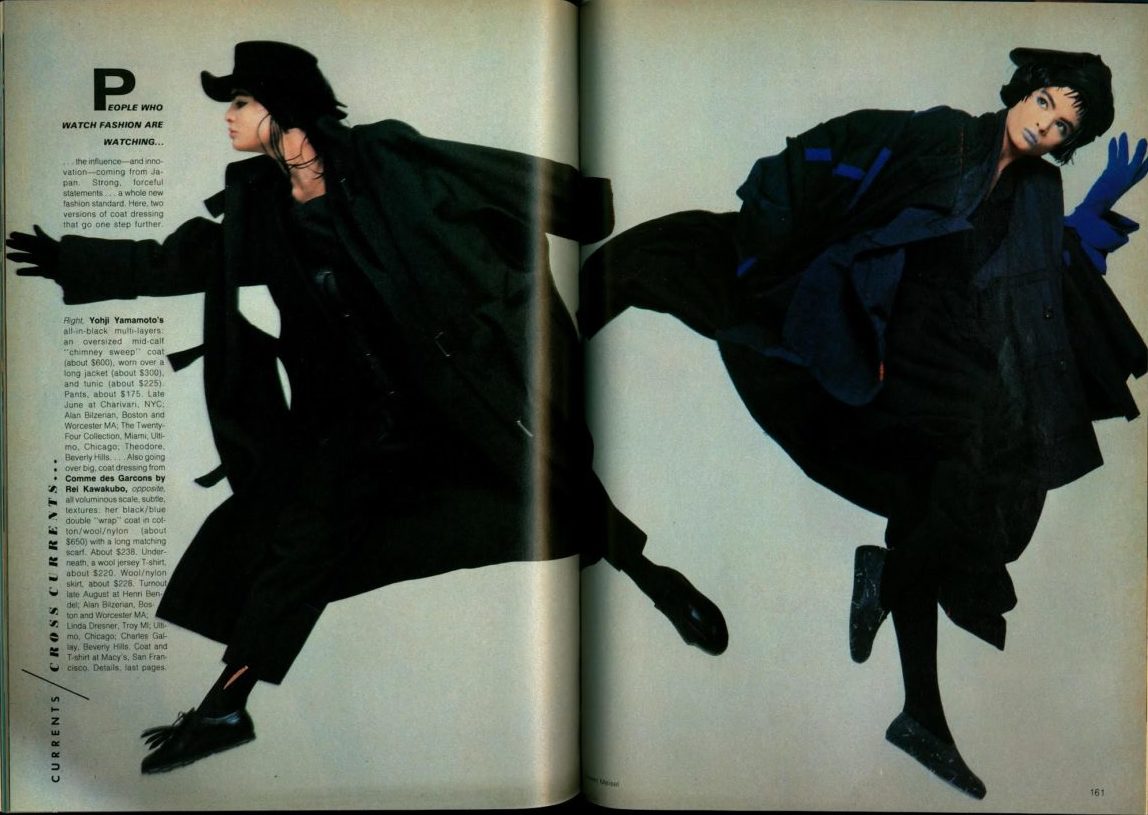
Fig. 5 - "People who watch fashion are watching...". Vogue, April-June 1983. p.160-161. Source: Vogue
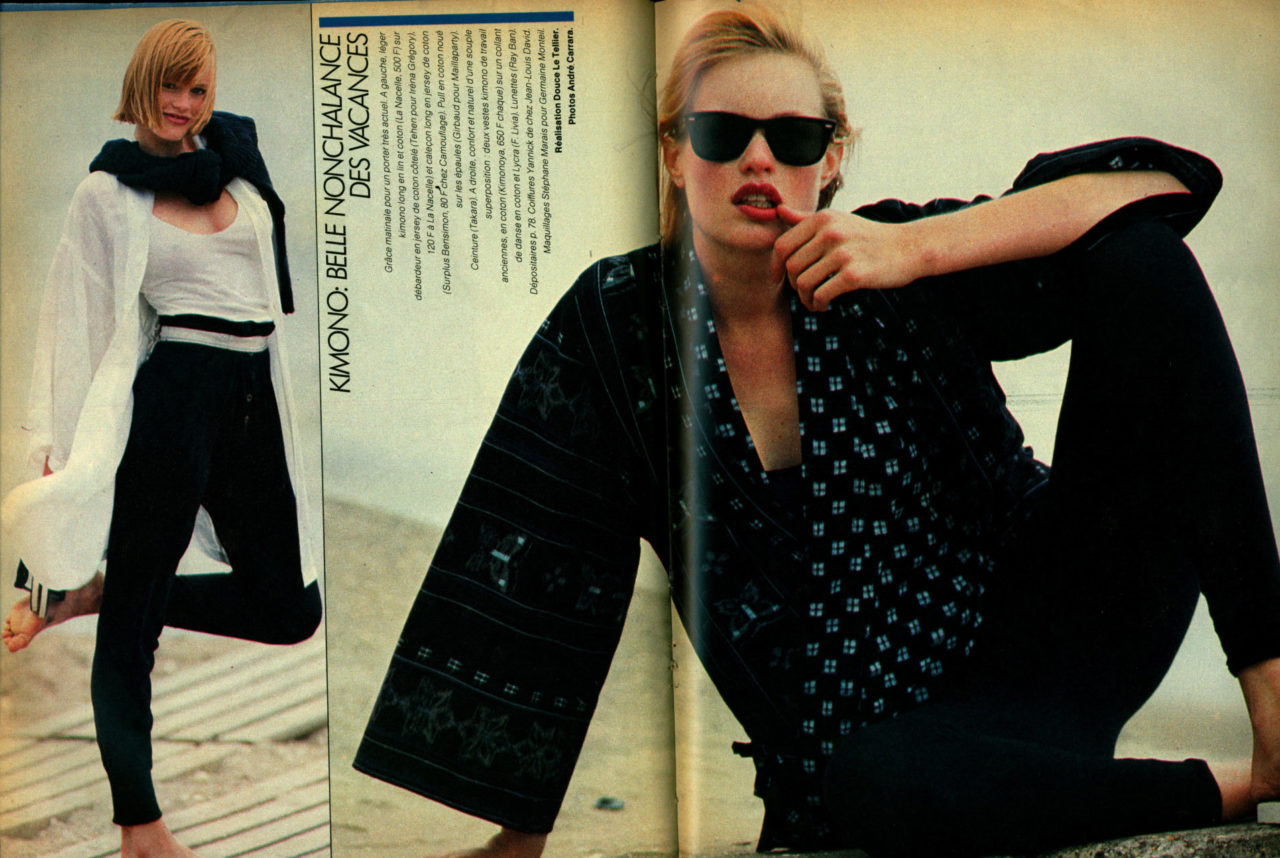
Fig. 6 - "Kimono: belle nonchalances des vacances". Elle (French), 8 August 1983. p.56-57. Source: Elle
A parallel trend was for oversized coats that were accentuated with large shoulder pads inspired by menswear fashions and womenswear of the 1940s (Figs. 7-8). American Vogue in figure 8 states:
“The difference: coats with a dramatic, oversized scale. Sometimes, in a menswear shape. Always, bigger, broader through the top. Always, with something narrow -very narrow – underneath.” (167)
Cole and Deihl further elaborate:
“Many overcoats were mid-calf length, with an oversized cut, strong shoulder lines and deep armholes. Some were belted.” (353)
A September 1983 spread in French Elle featured a prominently belted coat on the right (Fig. 7). In order to reinforce the oversized and shoulder pad, looks were heavily accentuated with the power belt that was styled either over a shirt (Fig. 9), jumper (Fig. 10), coat, or dress. The effect was to accentuate a woman’s curves by reducing the waist and showing the hips in order to give the illusion of a broader chest.

Fig. 9 - Designer unknown. British Vogue, May 1983. p.35. Source: British Vogue

Fig. 10 - Caroll. Elle (French), March 1983. p.55. Source: Elle
Fig. 11 - "Whites and brights fix the season's focus sharply - beautiful - on the waist". Harper's Bazaar, March 1983. p.226.227. Source: ProQuest
Fig. 12 - "Hot Find's". Harper's Bazaar, June 1983. p.132. Source: ProQuest
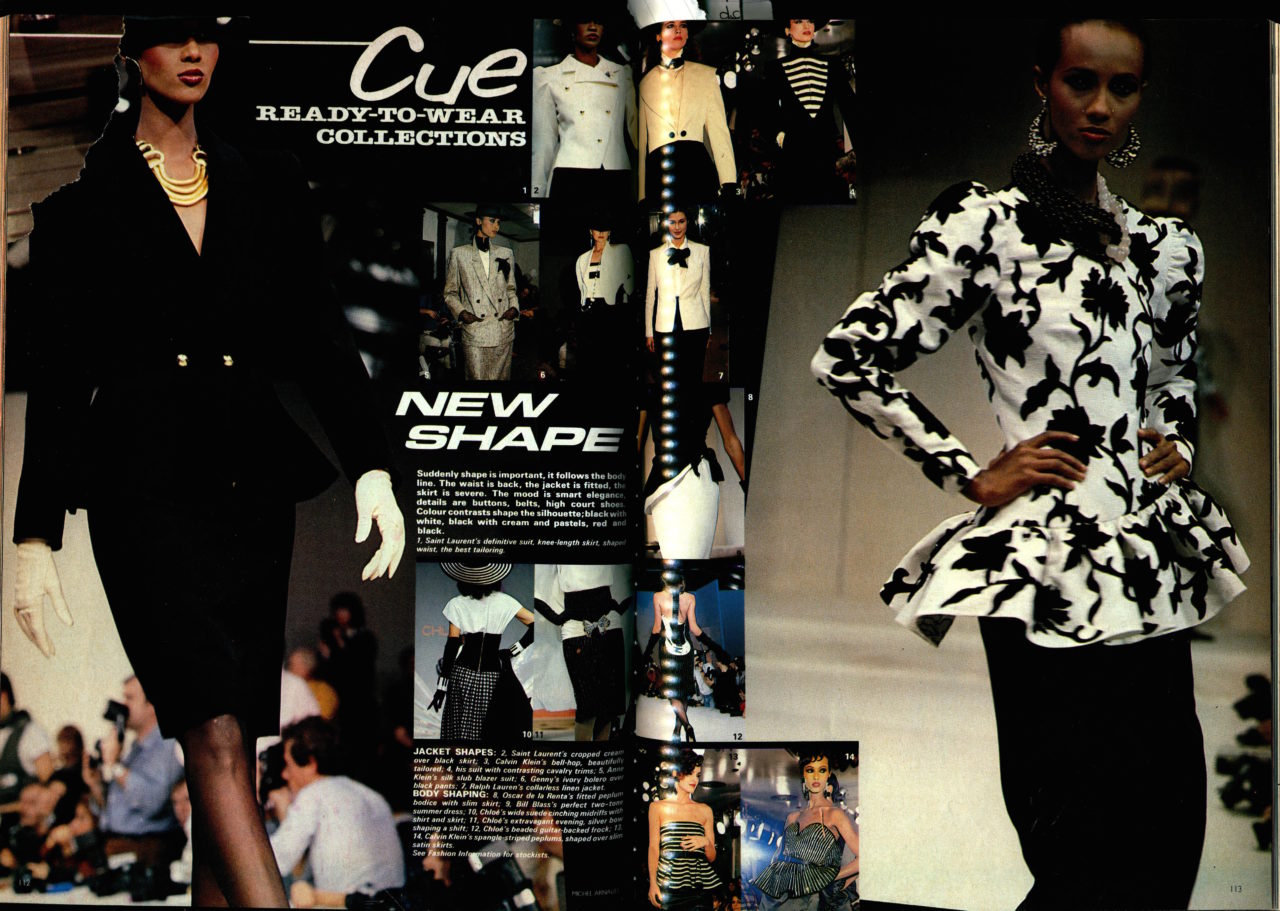
Fig. 13 - "New Shape". Vogue (British), February 1983. Paper. p.111-112. Source: British Vogue
The big belt was a must-have accessory in the modern woman’s wardrobe as they could be styled with many garments (Fig. 11). An enormous belt was featured in Harper’s Bazaar in June 1983 as a “Hot Find” (Fig. 12).
The working woman was frequently represented in 1983 fashion magazines, particularly when wearing the power-suit (Fig. 13). This idea of empowering women was also seen in evening wear; sequins on evening dresses and sexy peplums accentuated curves (Figs. 14-16). The peplum shape featured frequently in 1983 periodicals and it was seen on jackets and dresses. The peplum shape was very similar to shape created by the wide belts also popular at the time. In June 1983, Harper’s Bazaar said:
“For romantic nights… continued concentration on the waist, with sexy peplums.” (237)
Fig. 14 - "Destination: Rome!". Harper's Bazaar, April 1983. p.236-237. Source: Harper's Bazaar
Fig. 15 - American Vogue. Bullock's, June 1983. p.12. Source: ProQuest

Fig. 16 - Elle (French). BRASSEE DE ROSES, March 1983. p.163. Source: Elle
To finalize the perfect outfit, animal print shoes were a must (Figs. 17-19). This trend was shown in American Vogue, British Vogue, French Elle, and Harper’s Bazaar, between March and September 1983. Animal prints were popular in accessories such as sunglasses and scarves; figure 20 shows a suit by Yves Saint Laurent Rive Gauche that’s matched with a leopard print cravat. The prints were either snake (Fig. 17), leopard or zebra (Fig. 18), and even dalmatian spots (Fig. 19). Figure 21, in comparison, is a leopard fur coat made by Revillon Frères, which shows that animal furs and prints could be found on outerwear as well.

Fig. 17 - Elle (French). Un Serpent Charmeur, 16 May 1983. p.140-141. Source: Elle
Fig. 18 - "Wild!". Harper's Bazaar, August 1983. p.128-129. Source: ProQuest

Fig. 19 - "Famous Beauty Spots". Vogue (British), April 1983. Paper. p.150. Source: British Vogue
Fig. 20 - Yves Saint-Laurent (French, August 1936-June 2008). Suit, Fall 1983. Black and white checkered wool and silver-gray printed silk charmeuse. New York: The Museum at FIT, 2004.14.2. Gift of Roz Gersten Jacobs. Source: Cision News
Fig. 21 - Revillon Frères. Coat, 1983. Fur and leather. New York: Metropolitan Museum of Art, 2009.300.1069a. Anonymous gift, 1994. Source: The Met
In American and British Vogue, Harper’s Bazaar, and French Elle, large amounts of advertising space is dedicated to shoe brands such as Garolini, Bill Blass, and Bruno Magli. Similarly, the skincare/makeup industry was huge in the 1980s; mainly French brands like Clinique, Lancôme, and Estée Lauder were highly featured. In terms of lifestyle, travel companies were advertising ‘new’ places to travel and discover, such as Brazil or Los Angeles. In the magazines, sports were encouraged, moving towards a healthier lifestyle; examples of fitness exercises to keep in shape and healthy recipes for food were published. The color white was a key trend in the spring/summer 1983 collections. Fashion magazines advertised mainly total-look white outfits along the beach.
In 1983, Marc Bohan, a French fashion designer for Christian Dior, won the Golden Thimble award, which was attributed twice a year to haute couture designers between 1976 and 1990. Bohan took over from Yves Saint Laurent in the 1960s as the lead designer for Dior, working longer for the house than Christian Dior himself or Yves Saint Laurent. Figure 22 is one of Bohan’s creations from 1983. The yellow silk evening dress featured a cinched, belted waist. A similar silhouette is also seen in Thierry Mugler’s mustard yellow coat (Fig. 23), also created in 1983. As Cole and Deihl note: “By 1980 Mugler was already showing futuristic jumpsuits with sharp padded shoulders and cinched waists” (356).
Sheridan Barnett designed the “dress of the year” (Fig. 24), which was a dark grey linen dress and a white linen coat.
The many types of styles prevalent in 1983 represent the differing aesthetics in fashion thanks to new voices being given a platform. Azzedine Alaia, for example, founded his house at the beginning of the 80s and one of his designs in 1983 was a leather suit (Fig. 25) with shoulder pads and wide sleeves. While employing the typical silhouette of the time, the use of leather for the suit shows how designers in 1983 were inventing new ways to approach older models and standards.
The 1980s was a period where Japanese designers emerged to rival European designers on the global stage. It was a time when women were becoming more empowered and the working woman power suiting style was adopted. The year saw eccentric color palettes and bold graphics paired with extreme silhouettes (Fig. 26). The peplum provided a new prevailing shape and the power belt was utilized to accentuate women’s curves. Women were no longer in the shadows of men.
The early 2020s experienced a revival of 1980s fashions, which can be seen in oversized jackets and coats along with big shoulder pads making a return. This revival goes to show how influential the 1980s were and continue to be in terms of determining the direction of global fashion trends.
Fig. 22 - Marc Bohan (French, 1926-). Yellow silk evening dress, Dior Haute Couture Spring/Summer 1983. Silk. Los Angeles: FIDM Museum, 2006.116.1B/B. Gift of Mrs Alfred Bloomingdale. Source: FIDM
Fig. 23 - Thierry Mugler (French, Born: December 1948). Coat, 1983. Wool. New York: The Metropolitan Museum of Art, 1990.164.1. Gift of Martine Tritteléno, 1990. Source: The Met
Fig. 24 - Sheridan Barnett (British, Born 1951). Dress and Coat, 1983. Linen dress and coat. Selector: Sally Brampton, The Observer. Source: Fashion Museum
Fig. 25 - Azzedine Alaïa (Tunisia, February 1935-November 2017). Tailleur, Ready-to-wear Autunm/Winter 1982-83. Leather. Paris: Palais Galliera, GAL2019.1.3.1-2. Vogue Paris Foundation 2018. Source: Palais Galliera
Fig. 26 - Antonio Lopez (American, 1943-1987). Oscar de la Renta, Vogue (American), September 1983. Source: ProQuest
References:
-
Cole, Daniel James, and Nancy Deihl. The History of Modern Fashion from 1850. London: Laurence King Publishing, 2015. http://www.worldcat.org/oclc/900012311
-
Müller, Florence, et al. Shock Wave: Japanese Fashion Design, 1980s-90s. Denver Art Museum, 2016. http://www.worldcat.org/oclc/967594464
-
Ridgers, Derek. In the Eighties: Portraits from Another Time. London: Carpet Bombing Culture, 2017. http://www.worldcat.org/oclc/1030342650
-
Stanfill, Sonnet. 80s Fashion: From Club to Catwalk. London: V & A Pub., 2013. http://www.worldcat.org/oclc/843874219
Historical Context
Wikipedia: 1983
COTY Award winner: Willi smith
Dé d’or [Golden Thimble] Award winner: MARC BOHAN (JANUARY) AND ERIK MORTENSEN (JUNE)
Academy Award for Best Picture: Terms of Endearment
Academy Award for Best Costume Design: FANNY AND ALEXANDER (MARIK VOS LUNDH)
Events:
- March 9 – The 3D printer is invented by Chuck Hull.
- April 18 – The U.S Embassy was bombarded in Beirut and kills 63 people.
- October 25 – United States invades Grenada.
- December 2 – Michael Jackson’s Thriller video is aired on MTV for the first time.
- December 10 – Democracy is restored in Argentina, with Raúl Alfonsín serving as President of Argentina.
- Swatch introduces their first watches.

